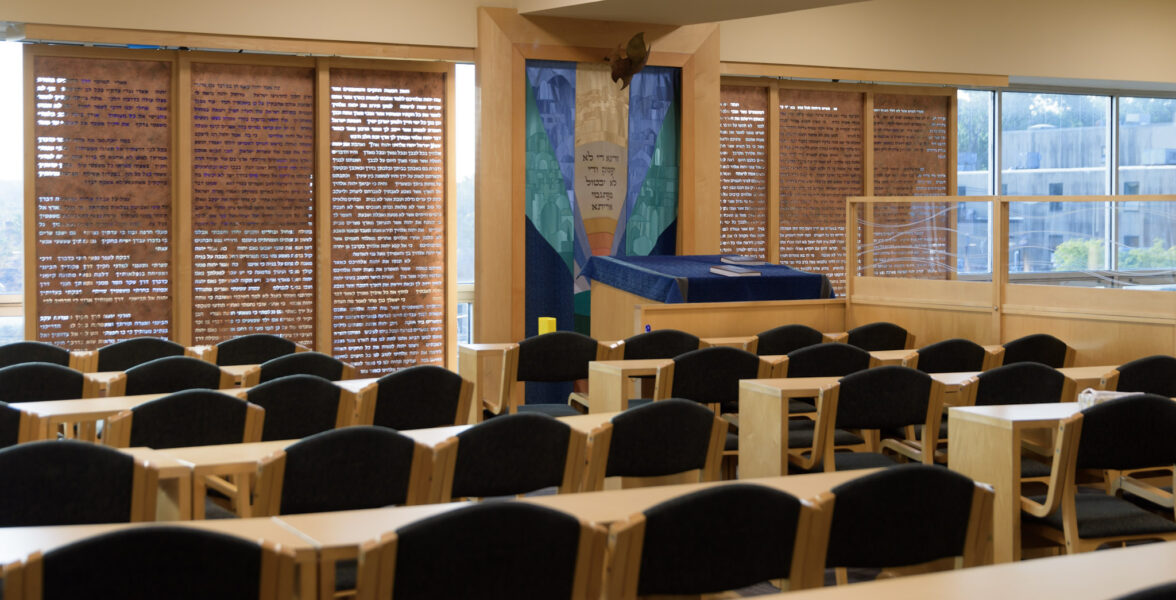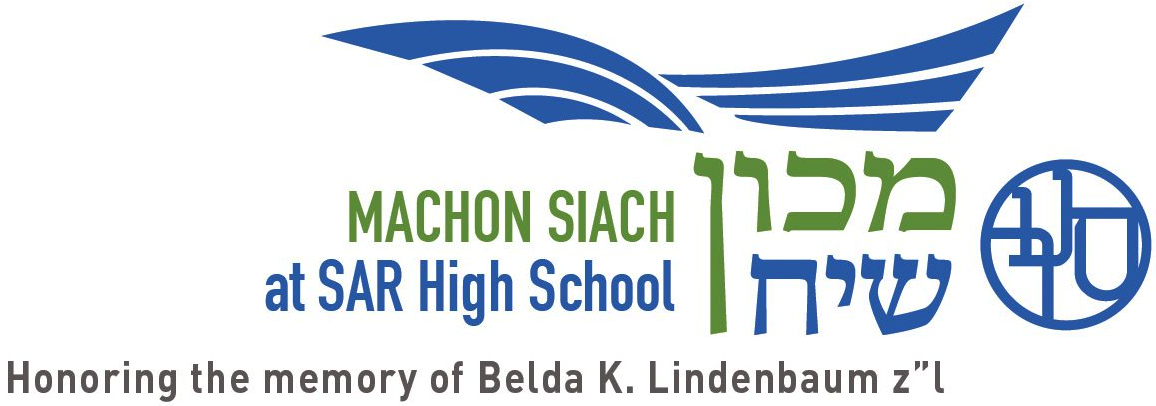
Bringing a Summer of Lived Religion back to the Classroom
One of my favorite books is The Ruined House by NYC-based author Ruby Namdar. The book depicts the existential journey of Professor Andrew Cohen, a member of New York’s intellectual elite, as he experiences visions of Beit Hamikdash, the ancient temple of the Hebrews. Rather than transporting Cohen to ancient Judea, these scenes filter into his Big Apple life. A walk to the subway is interrupted by an ascent to the heavens, Washington Square Park becomes the setting for a sacrificial parade, and a steak dinner party slips into preparation for ritual slaughter. In the book, such visions blur the distinction between ancient mysticism, represented by Jerusalem, and rational modernity, embodied in New York.
This summer, I had the privilege of participating in the Religious Worlds of New York Summer Institute, an immersive, three-week religion program for American teachers. The institute gathered two dozen teachers from across the country, leading us through an intensive schedule of seminars, panel discussions, and field trips. We heard from distinguished scholars, explored different perspectives, and – through visits to religious sites – compared our theoretical knowledge with the experience of being in various religious spaces. In other words, it was a dream for any teacher and religion-studies enthusiast. Unlike Professor Cohen in The Ruined House, I didn’t experience spiritual visions, but I did get to peer past New York City’s secular facade to learn about the religious lives of my fellow New Yorkers. I left the institute somewhat more knowledgeable about other religions and dramatically more curious and motivated to do more. Moreover, I found myself reflecting deeply on my own beliefs and practices as an Orthodox Jew. Finally, as a history teacher covering Western and Eastern religions, I was prompted to rethink how I present these faith traditions to my students and consider new ways to make these lessons more authentic.
The central theme of the program was the concept of “Lived Religion.” The lived religion approach to religious studies suggests that to truly understand a faith tradition, one must look beyond texts and doctrine to how religion is experienced by its practitioners in daily life. This approach is thought to capture the essence of what religion actually is – what it means to people and why they engage with it. Studying other faiths through the lens of lived religion helps students understand the personal significance of these traditions, recognize shared values, and appreciate commonalities. Consider the value proposition from the perspective of our own faith, Judaism. A social studies teacher from, say, Minnesota might teach her students that the holy book of Judaism is the Torah, that Jews are required to observe 613 commandments, and that they mourn the destruction of the Temple in Jerusalem. But does this really capture the Judaism we practice, the lived Judaism; can one truly understand Judaism without stepping into a shul or, better yet, experiencing a Shabbat dinner?
Of the many tools for bridging the gap between textbook knowledge and the experience of lived religion, site visits were among the most powerful. We visited several sites, each with its own New York flavor: a historic Black church in Harlem, a Hindu temple complex in Queens, and a stunning Korean Buddhist temple jammed into a brownstone on the Upper West Side. In each space, we immersed ourselves in the architecture and heard from community leaders. Somewhat surprisingly, our visit to a mosque left the deepest impression on me. We attended Friday Jummah services at a large urban mosque on East 96th Street. The prayer service took place in the middle of a workday. A diverse group of worshipers filtered in, clearly coming straight from other obligations (there was a long line of double-parked taxis outside, presumably sanctioned by the NYPD). There was much that felt familiar: gender-separated prayer spaces, head coverings, special ritual garments. Some adults scrolled through social media throughout the sermon (this turns out to be a pervasive practice across virtually all faiths), and two kids poked each other. Worshipers lined up shoulder-to-shoulder on the carpet, moving in unison through a choreography of kneeling, bowing, and hand motions. The entire prayer sequence lasted about 10 minutes, in complete silence. I came away with the impression that this service was designed for complete submission to the divine – a direct, powerful commitment to the Almighty. This left me reflecting on our own Jewish prayer services. Could we learn something from the simplicity and focus of Muslim prayer structure? Is Jewish nusach ha’tefillah as it currently exists too lengthy or wordy? Are there other priorities we have that shape our approach to communal prayer? The experience prompted me to look at familiar practices from a fresh perspective.
Other meaningful learning experiences came from informal conversations within the incredibly diverse cohort. There were teachers from across the country, representing various educational disciplines and faith traditions. Among them were a Catholic-school social studies teacher from New Orleans, a Muslim-American public school teacher from San Francisco, and a Hindu-American religion teacher from Queens. Since the institute is based in New York, I was far from the only Jewish participant (my distinction was pretty niche: the only kippah-wearing Jew teaching at a yeshiva day school). Much like the site visits, the conversations debunked false assumptions and forced me to self-reflect. For example, I was surprised to hear from a Hindu colleague that in his view (and that of his religious teachers), “Hinduism IS a menu” of rituals from which one is encouraged to engage as they choose. This perspective, so different from obligation-focused Orthodox Jewish doctrine, was thought provoking.
The summer is over and I am back in the classroom. While much of my curriculum this year remains the same, the Religious Worlds of New York Institute opened a long-term dialogue with the concept of lived religion: How can I bring some of these experiences to my students? How much of this is possible, or even desirable, in a high school setting? These are questions I’m still exploring. I already incorporated virtual tours of houses of worship, courtesy of the aptly-named Youtube channel Holy Cribs. When I teach about Islam, we will look at the Facebook page of the local mosque and see what we can learn about the lived experience of Muslim New Yorkers. These are small steps in the process of bringing the insights I gained during my summer of lived religion back to the classroom. Hopefully, like the fictional Professor Cohen’s boundary-shattering visions, the vibrancy of New York’s religious tapestry will eventually project into the four walls of my classroom.



